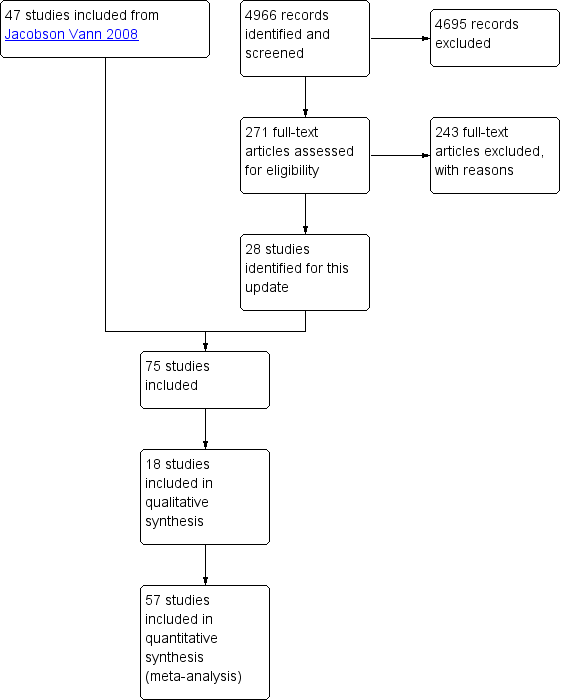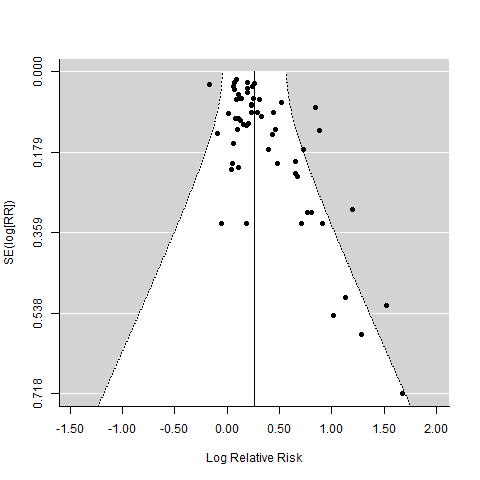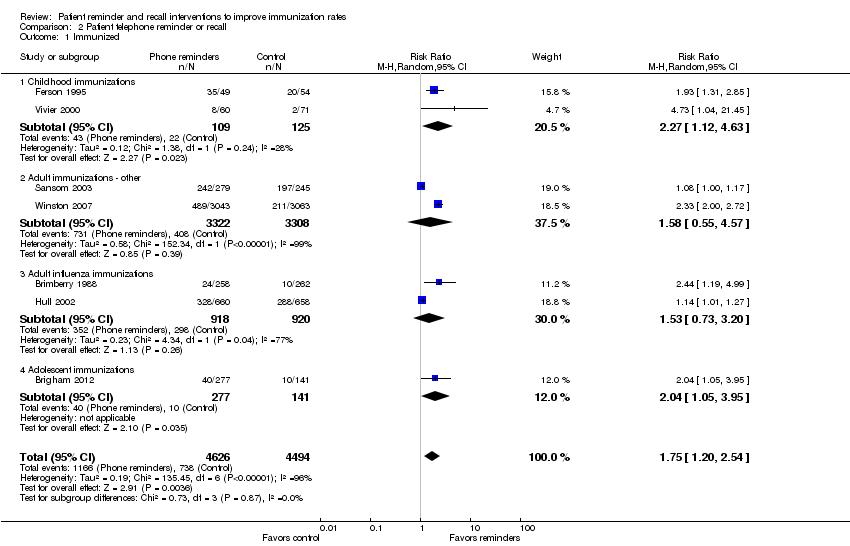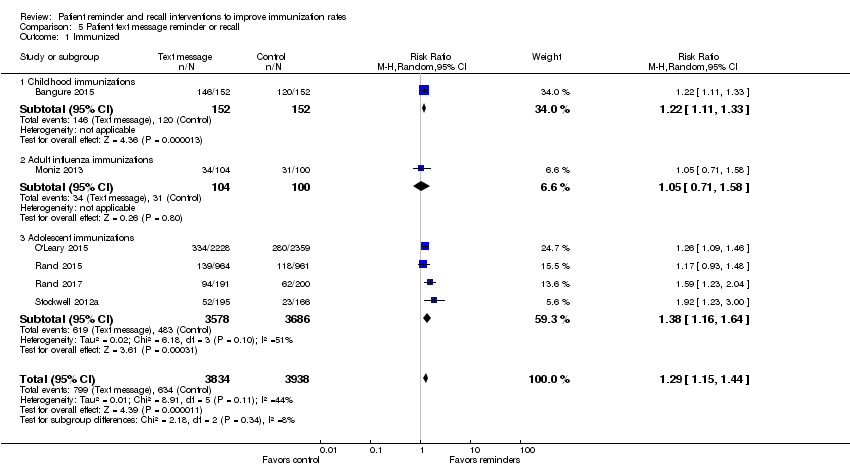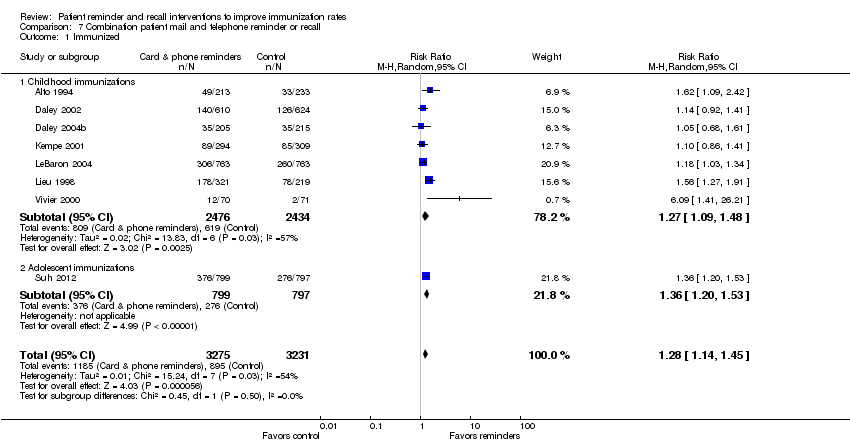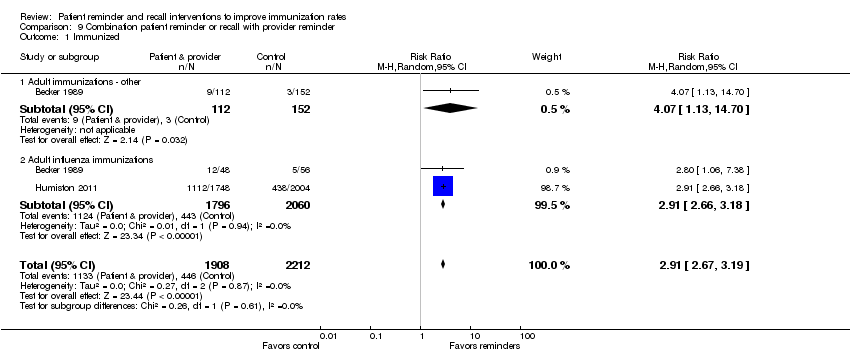Contenido relacionado
Revisiones y protocolos relacionados
Michelle Fiander, Jessie McGowan, Roland Grad, Pierre Pluye, Karin Hannes, Michel Labrecque, Nia W Roberts, Douglas M Salzwedel, Vivian Welch, Peter Tugwell | 14 marzo 2015
Willem A Odendaal, Kim Ward, Jesse Uneke, Henry Uro‐Chukwu, Dereck Chitama, Yusentha Balakrishna, Tamara Kredo | 3 abril 2018
Gerd Flodgren, Amanda M Hall, Lucy Goulding, Martin P Eccles, Jeremy M Grimshaw, Gillian C Leng, Sasha Shepperd | 22 agosto 2016
Chantal Arditi, Myriam Rège‐Walther, Pierre Durieux, Bernard Burnand | 6 julio 2017
Roger E Thomas, Diane L Lorenzetti | 30 mayo 2018
Marita S Fønhus, Therese K Dalsbø, Marit Johansen, Atle Fretheim, Helge Skirbekk, Signe A. Flottorp | 11 septiembre 2018
Pawel Posadzki, Nikolaos Mastellos, Rebecca Ryan, Laura H Gunn, Lambert M Felix, Yannis Pappas, Marie‐Pierre Gagnon, Steven A Julious, Liming Xiang, Brian Oldenburg, Josip Car | 14 diciembre 2016
Daniela Gonçalves‐Bradley, Jaspreet K Khangura, Gerd Flodgren, Rafael Perera, Brian H Rowe, Sasha Shepperd | 13 febrero 2018
Liana S Cahill, Leeanne M Carey, Natasha A Lannin, Megan Turville, Cheryl L Neilson, Elizabeth A Lynch, Carol E McKinstry, Jia Xi Han, Denise O'Connor | 15 octubre 2020
Marie‐Pierre Gagnon, France Légaré, Michel Labrecque, Pierre Frémont, Pierre Pluye, Johanne Gagnon, Josip Car, Claudia Pagliari, Marie Desmartis, Lucile Turcot, Karine Gravel | 21 enero 2009
Respuestas clínicas Cochrane
Jane Burch, Michael Eisenhut | 7 mayo 2018
Colecciones especiales
9 diciembre 2021

